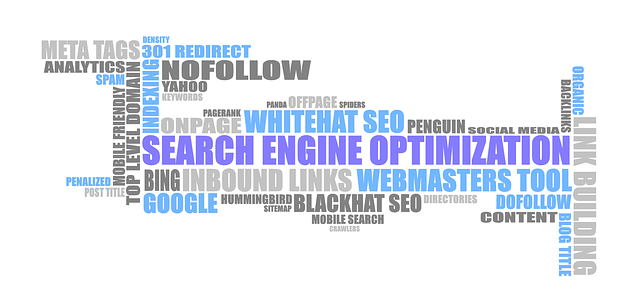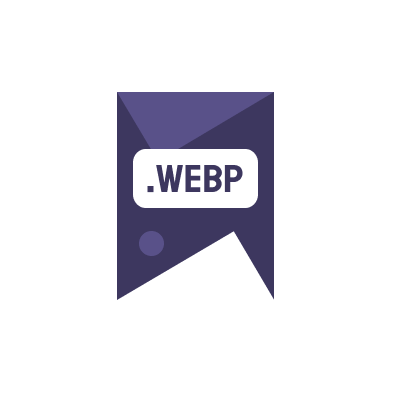Understanding the impact of optimizing images for Core Web Vitals is crucial for enhancing your website’s user experience and SEO ranking. Images are a significant part of web content, but when not optimized, they can slow down your site, affect user engagement, and lower search engine rankings.
Why Optimize Images?
Optimizing images reduces their file size without compromising quality, leading to faster page load times, a key metric in Core Web Vitals. Faster load times improve user experience, reduce bounce rates, and enhance SEO rankings.
Key Techniques for Optimizing Images
- Compress images to reduce file size.
- Convert images to newer formats like WebP for better compression and quality.
- Use responsive images to serve the best size based on the user’s device.
- Implement lazy loading to delay loading images until they are needed.
For a practical guide to converting your images, visit our detailed blog.
Tools for Effective Image Optimization
Several online tools can help you with optimizing images for Core Web Vitals. One of the most efficient is the WebP format, which offers superior compression and quality characteristics compared to traditional formats like JPEG and PNG.
Impact on SEO and Core Web Vitals
By optimizing images for Core Web Vitals, you not only boost your website’s speed but also its SEO standing. Google’s algorithms increasingly prioritize user experience metrics, making image optimization a critical aspect of SEO strategy.
Conclusion
Implementing the strategies for optimizing images for Core Web Vitals will significantly enhance your website’s performance and user engagement. Start optimizing today to improve your Core Web Vitals scores and SEO rankings.

